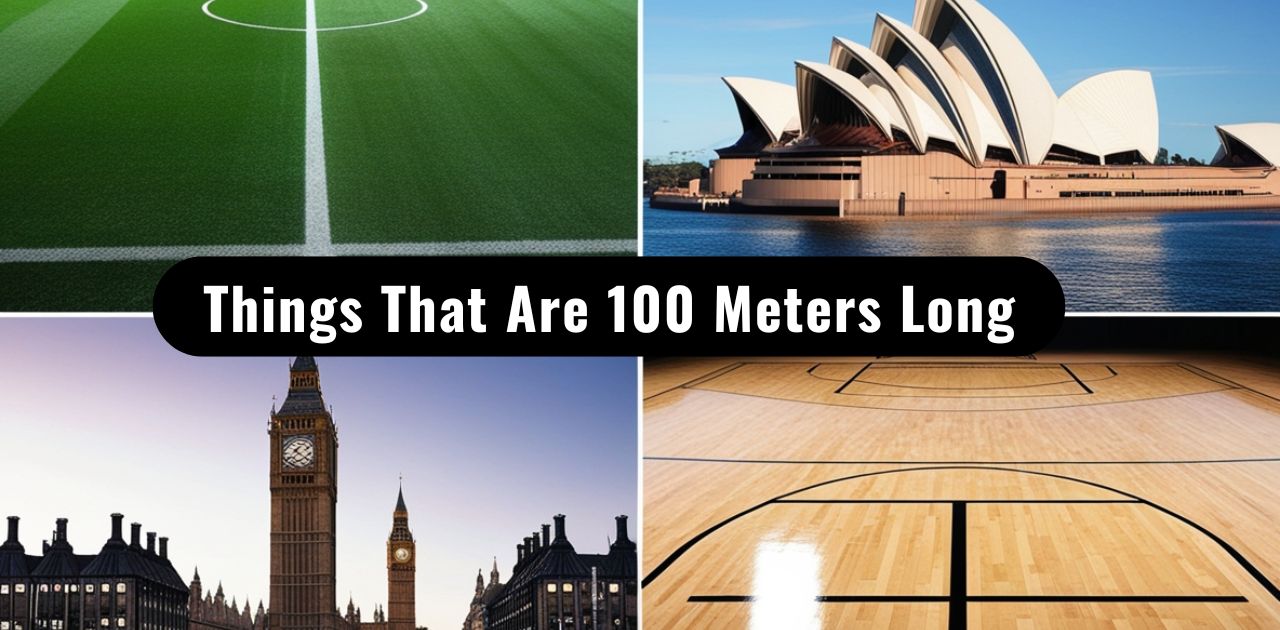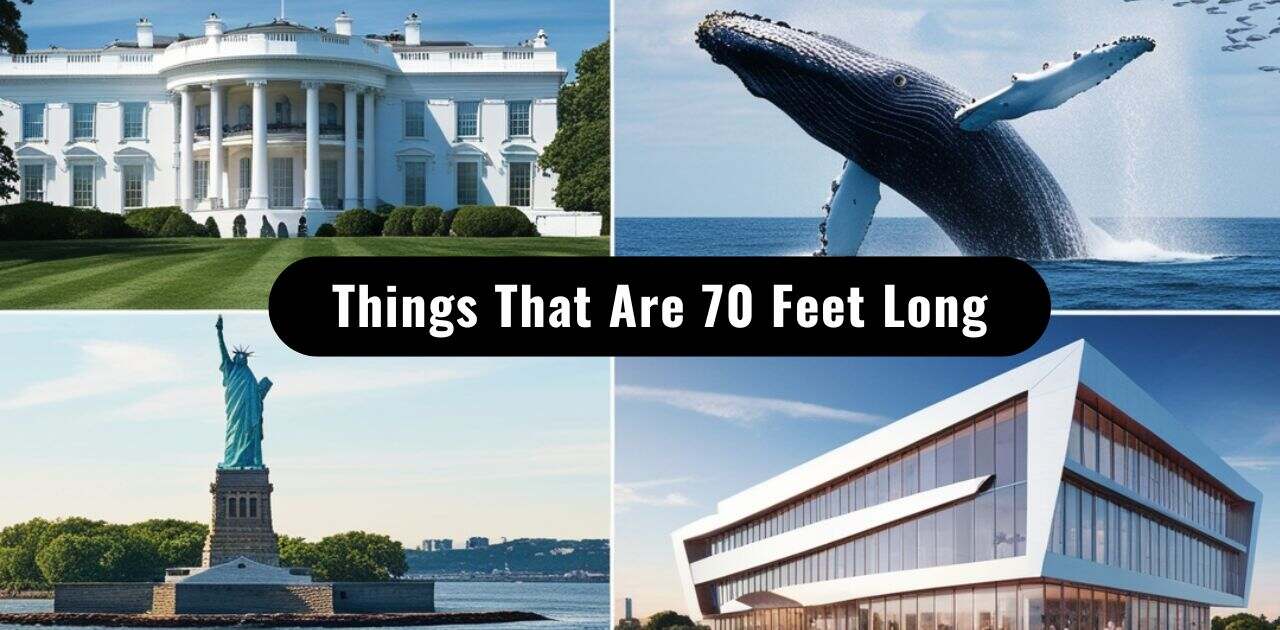Imagine standing before something that stretches an incredible 300 feet—a distance that represents more than just a number, but a testament to human engineering, natural wonder, and architectural brilliance. In this comprehensive exploration, we’ll uncover twelve remarkable objects and structures that demonstrate the truly impressive scale of 300 feet, providing readers with a fascinating perspective on measurement, size, and scale across different contexts.
How Long is 300 Feet?
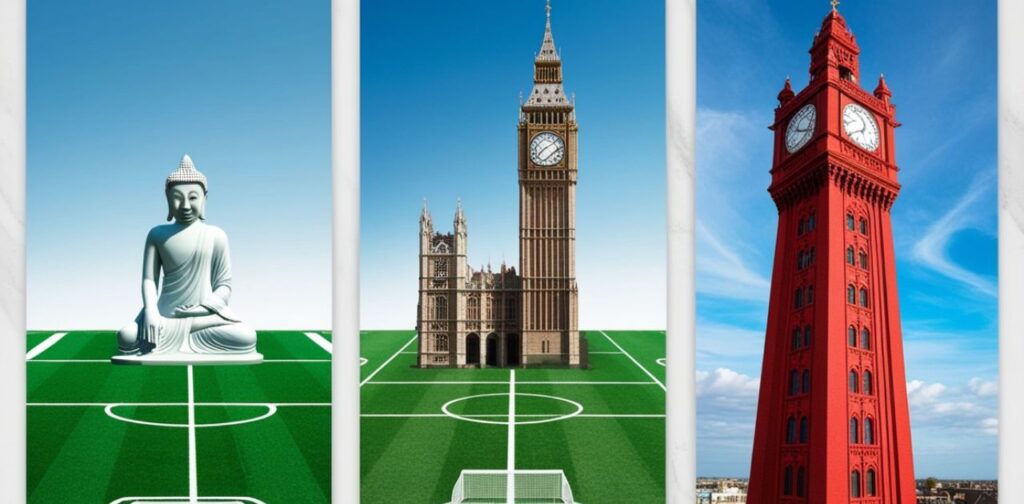
To comprehend the magnitude of 300 feet, let’s break down its precise measurements. This extraordinary length translates to multiple units that help us visualize its true scale. Three hundred feet represents exactly 100 yards, approximately 91.44 meters, and about 0.091 kilometers. These conversions might seem technical, but they help us understand how substantial 300 feet truly is in different measurement systems.
By comparing 300 feet across various contexts, we can appreciate its significance. It’s roughly equivalent to the length of a football field, providing an instantly recognizable reference point for most people. This measurement bridges the gap between abstract numbers and tangible understanding, allowing us to conceptualize substantial distances and heights with remarkable clarity.
How Tall is 300 Feet in Stories?
When considering architectural perspectives, 300 feet represents an impressive mid-rise structure typically spanning 20 to 30 stories. Such buildings occupy a significant space in urban landscapes, offering panoramic views and substantial presence without competing with the tallest skyscrapers. These mid-rise structures play crucial roles in city planning, providing versatile spaces for commercial and residential purposes.
A 300-foot building stands as a testament to modern engineering, offering enough height to create dramatic cityscapes while remaining accessible and functional. From office complexes to residential towers, these structures represent a perfect balance between vertical ambition and practical design.
1. Statue of Liberty

The Statue of Liberty, standing at 305 feet, epitomizes more than just architectural achievement it symbolizes freedom and hope. Located on Liberty Island in New York Harbor, this colossal neoclassical sculpture has welcomed millions of immigrants and remains a powerful representation of American democratic ideals.
Designed by French sculptor Frédéric Auguste Bartholdi and dedicated on October 28, 1886, the statue combines remarkable artistic vision with profound symbolic meaning. Her copper-clad frame represents not just a physical monument but a beacon of democracy, inspiring generations with her outstretched torch and dignified posture.
2. Seven-tenths as tall as The Great Pyramid of Giza

The Great Pyramid of Giza, measuring an impressive 430 feet, dwarfs our 300-foot benchmark while showcasing ancient Egyptian engineering prowess. At seven-tenths of its total height, 300 feet still represents an awe-inspiring measurement that connects modern observers with millennia of human architectural achievement.
Constructed around 2560 BCE during the Fourth Dynasty, this extraordinary structure remained the world’s tallest human-made construction for nearly 3,800 years. Its precision, scale, and endurance continue to mystify historians and engineers, representing a pinnacle of ancient technological capability.
3. Football Field

A standard football field spans 360 feet in total length, making our 300-foot measurement almost precisely at the mid-field point. This familiar reference provides an instantly recognizable perspective on length that resonates with most Americans. Imagine standing at the 300-foot mark, surrounded by the expansive green turf where athletic dreams come to life.
The football field serves as more than just a sporting arena it’s a cultural touchstone that helps people conceptualize significant distances. When we say something is “about the length of a football field,” it immediately creates a vivid mental image that transcends mere numerical measurements.
4. Half the Height of the Space Needle

Located in Seattle, the Space Needle reaches an impressive 604 feet into the sky, making 300 feet exactly half of its total height. Constructed for the 1962 World’s Fair, this iconic structure represents a pinnacle of mid-20th-century architectural innovation. Standing at the 300-foot mark would place you precisely at the midpoint of this futuristic landmark, offering a breathtaking perspective of the urban landscape below.
The Space Needle symbolizes more than just architectural achievement it embodies the spirit of technological optimism that characterized the early 1960s. Its unique design continues to capture the imagination of visitors, representing Seattle‘s innovative spirit and forward-thinking approach to urban design.
Read More >> Things That Are 50 mm Long or Big
5. 3/5 the Height of the Blackpool Tower
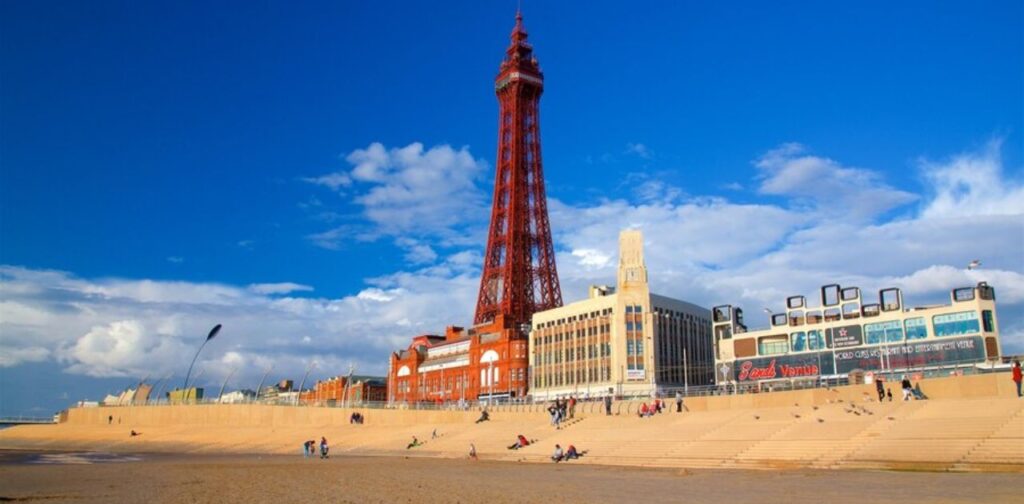
The Blackpool Tower in England stretches 518 feet skyward, with 300 feet representing three-fifths of its total height. This remarkable structure, located in the famous Blackpool seaside resort, has been a defining feature of the landscape since its completion in 1894. Inspired by the Eiffel Tower, it stands as a testament to late 19th-century engineering and tourism development.
At 300 feet, visitors would find themselves at a spectacular vantage point, offering panoramic views of the surrounding landscape. The tower represents more than just a tourist attraction it’s a symbol of British architectural ambition and the Victorian era’s love for grand structural achievements.
6. Big Ben
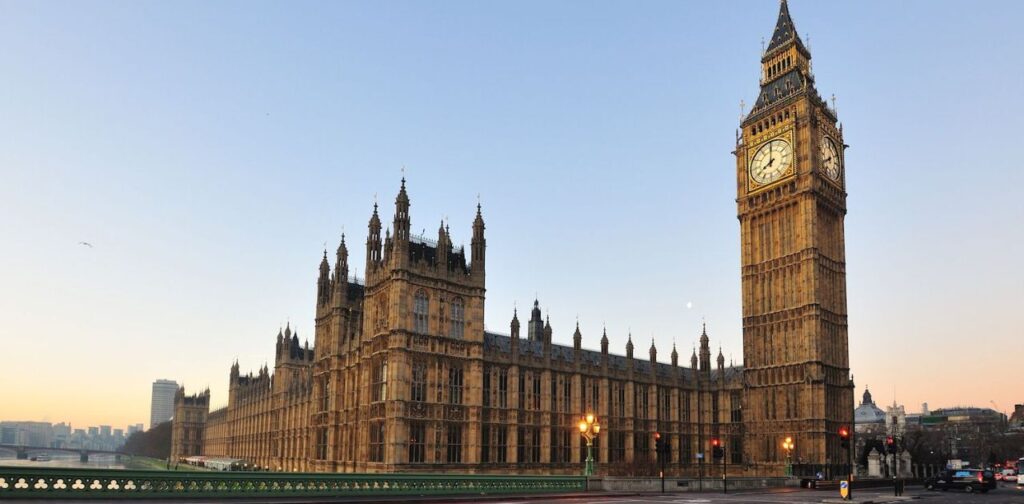
Big Ben, the iconic clock tower in London, stands at 316 feet tall—just slightly beyond our 300-foot mark. More formally known as the Elizabeth Tower, this architectural marvel has been a defining feature of the London skyline for over 150 years. Its massive clock faces and intricate design have made it one of the most recognizable landmarks in the world.
Weighing an astounding 13 tons, Big Ben represents more than just a timepiece. It’s a symbol of British resilience, history, and architectural precision. The tower has witnessed countless historical moments, serving as a backdrop to some of the most significant events in modern British history.
7. The Width of the North Shore Canal

The North Shore Canal spans approximately 300 feet in width, representing a critical infrastructure element for maritime transportation. This expansive waterway demonstrates the engineering precision required to facilitate efficient shipping and navigation. Canals of this magnitude play pivotal roles in global trade, enabling large vessels to traverse strategic water routes with remarkable ease.
Maritime engineers carefully design such waterways to accommodate modern shipping requirements. The 300-foot width ensures ample space for large cargo ships, tankers, and other commercial vessels to navigate safely. This dimension represents more than just a measurement it’s a crucial element of global transportation infrastructure that connects economies and facilitates international commerce.
8. Three-fifths the Length of the Shambles
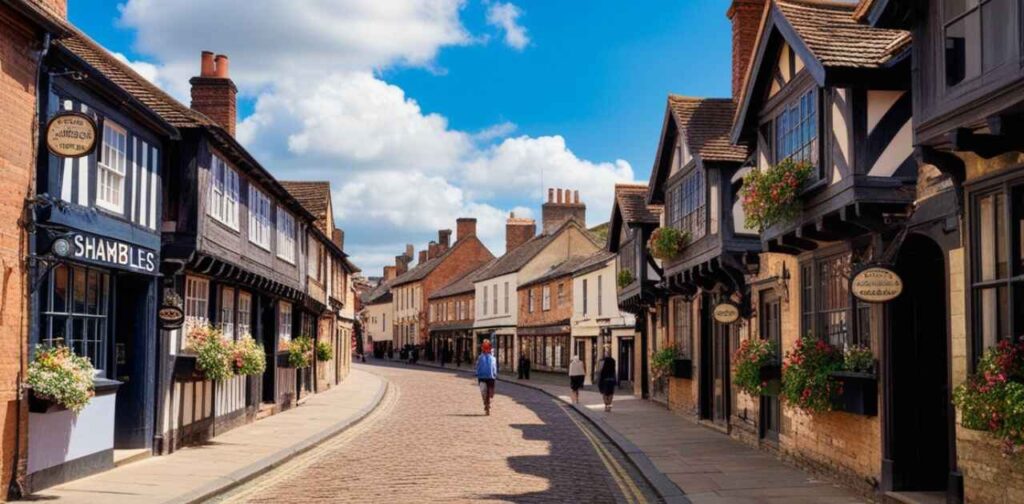
Located in York, England, the Shambles stretches 490 feet in length, with 300 feet representing approximately three-fifths of its historic expanse. This medieval street stands as one of the best-preserved historical thoroughfares in Europe, transporting visitors back to the 14th century with its remarkably intact architectural character.
The street’s narrow cobblestone path and overhanging timber-framed buildings create a living museum of medieval architecture. Walking along the Shambles feels like stepping through a portal in time, with buildings so close they almost touch, telling stories of centuries past. Its preservation offers an unparalleled glimpse into the architectural and social landscape of medieval English urban life.
9. The Width of 2 Airport Runways

Modern aviation infrastructure demonstrates the critical importance of precise measurements, with two airport runways combining to create a width of approximately 300 feet. This expansive space is meticulously engineered to ensure the safety and efficiency of aircraft takeoffs and landings.
Airport design requires extraordinary precision. The 300-foot width provides crucial space for large aircraft to maneuver, turn, and respond to various operational requirements. It represents a careful balance between safety protocols, aircraft specifications, and operational flexibility. Each runway tells a story of engineering excellence, supporting global transportation networks that connect continents and cultures.
10. 3/5 as Tall as the Spring Temple Buddha

The Spring Temple Buddha in China reaches an extraordinary height of 502 feet, with 300 feet representing three-fifths of its total measurement. Located in Henan Province, this monumental statue embodies the principles of spiritual enlightenment and represents one of the world’s most impressive Buddhist monuments.
Standing at 300 feet would still leave viewers gazing upward, experiencing a profound sense of human scale against this magnificent representation of spiritual aspiration. The statue transcends mere physical dimensions, serving as a powerful symbol of cultural heritage, religious devotion, and artistic achievement.
11. Missouri State Capitol Width

The Missouri State Capitol in Jefferson City spans approximately 300 feet in width, representing an architectural marvel of governmental design. This impressive structure serves as more than just a political landmark it embodies the democratic spirit and architectural grandeur of Missouri’s governmental institutions.
Constructed with meticulous attention to detail, the capitol building stands as a testament to the state’s commitment to architectural excellence and governmental representation. Its expansive width provides ample space for legislative activities, public gatherings, and the complex workings of state governance. The 300-foot dimension allows for multiple chambers, offices, and public spaces that facilitate the democratic process.
12. Three Blue Whales End-to-End

Nature provides perhaps the most awe-inspiring perspective on 300 feet through the magnificent blue whales. These marine giants, each measuring up to 90 feet in length, would create an extraordinary sight when placed end-to-end. Three blue whales lined up would nearly perfectly represent our 300-foot benchmark, offering a breathtaking illustration of marine life’s incredible scale.
Blue whales represent the pinnacle of biological engineering the largest animals to have ever existed on our planet. Their immense size challenges our understanding of biological possibilities, demonstrating the remarkable diversity and potential of life on Earth. When visualizing three of these magnificent creatures stretched out, one gains a profound appreciation for the sheer scale of natural wonders.
Final Thoughts
The journey through 300 feet reveals more than just a numerical measurement. It represents a fascinating intersection of human achievement, natural wonder, and architectural brilliance. From the symbolic heights of the Statue of Liberty to the maritime majesty of blue whales, 300 feet emerges as a measurement that transcends simple numeric representation.
Each example we’ve explored tells a unique story. The Statue of Liberty speaks of freedom, the Great Pyramid whispers of ancient engineering, and the Spring Temple Buddha reflects spiritual aspiration. These structures and natural wonders demonstrate how a seemingly abstract measurement can encapsulate profound human experiences and natural marvels.
Bonus Point: Measurement as a Gateway to Understanding
Understanding measurements like 300 feet helps us contextualize the world around us. It transforms abstract numbers into tangible experiences, allowing us to appreciate the scale of human and natural achievements. Whether it’s the width of a canal, the height of a landmark, or the length of marine mammals, these 300-foot wonders invite us to expand our perspective.
FAQ’s
How far is 300 feet in miles to walk?
300 feet is approximately 0.057 miles, which takes an average person about 3-4 minutes to walk at a standard walking pace.
How many floors is 300 feet?
A 300-foot structure typically represents 20 to 30 stories in a standard mid-rise building, depending on floor height.
How many stories tall is 300 feet?
Most 300-foot buildings range between 20-30 stories, representing a mid-rise architectural category with significant urban presence.
How far is 300 yards on a football field?
300 feet is nearly the mid-point of a standard football field, which measures 360 feet in total length including end zones.
Is 300 ft a skyscraper?
While 300 feet is impressive, it’s considered a mid-rise building. Skyscrapers typically start at 490-500 feet and can reach much higher.
How tall is a 300-foot building?
A 300-foot building represents approximately 20-30 stories, offering panoramic city views and substantial architectural presence.
How many miles is 300 feet to walk?
300 feet equals roughly 0.057 miles, which an average person can walk in about 3-4 minutes at a normal walking speed.



